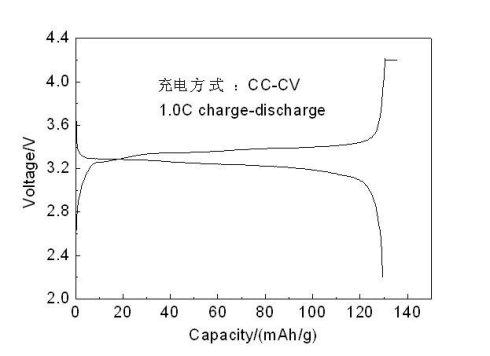 |
Welcome To Evlithium Best Store For Lithium Iron Phosphate (LiFePO4) Battery |
 |

Lithium Iron Phosphate (LiFePO4) batteries have emerged as a safer alternative to traditional Lithium-ion cells, offering a diverse range of cell sizes ranging from 5 to 100 AH. They boast significantly longer cycle life compared to conventional batteries, making them an attractive option for various applications. Let's delve deeper into optimizing the charging process for these advanced batteries.
LiFePO4 batteries operate on the same principles as Lithium-ion batteries, storing energy by moving and storing lithium ions. However, they stand out due to their enhanced safety features and robust crystal structure of iron phosphate. This structure ensures longevity, with laboratory tests showing potential for up to 2000 charge/discharge cycles.
LiFePO4 batteries represent a significant advancement in Li-ion battery technology, offering faster charging and improved safety. While conventional Li-ion batteries containing lithium cobalt oxide (LiCoO2) excel in energy density, they pose safety concerns and are costly for large-scale applications.
Conventional Charging Process: LiFePO4 batteries require a two-step charging process involving constant current (CC) followed by constant voltage (CV). This ensures efficient charging without compromising safety.
Fast "Forced" Charging: These batteries can be rapidly charged using overvoltage without risking electrolyte decomposition. This enables quick charging, with charging times reduced to as little as two hours.
Large Overcharge Tolerance: LiFePO4 batteries exhibit a wider overcharge tolerance compared to traditional LiCoO2 batteries, enhancing safety and longevity.
Self-Balancing: Unlike lead-acid batteries, LiFePO4 batteries feature self-balancing characteristics, reducing the need for complex management systems.
Higher Energy Density: With a specific capacity exceeding 145Ah/kg, LiFePO4 batteries offer four times the energy density of lead-acid batteries, making them more efficient and compact.
Simplified Battery Management: Their inherent characteristics reduce the complexity and cost of battery management systems and chargers, making them more accessible for various applications.
Extended Cycle Life: LiFePO4 batteries boast an impressive cycle life of up to 2000 cycles, far surpassing the capabilities of LiCoO2 batteries.
High-Temperature Performance: Unlike LiCoO2 batteries, which suffer performance degradation at elevated temperatures, LiFePO4 batteries maintain efficiency and even offer increased capacity under such conditions.
In conclusion, optimizing the charging process for Lithium Iron Phosphate batteries is crucial for maximizing their performance and longevity. By understanding their unique characteristics and advantages, we can harness the full potential of these advanced energy storage solutions across diverse applications, from portable electronics to electric vehicles. Embracing LiFePO4 technology represents a significant step forward in the pursuit of safer, more efficient energy storage solutions for the future.
Edit by editor
All Rights reserved © 2025 Evlithium Limited